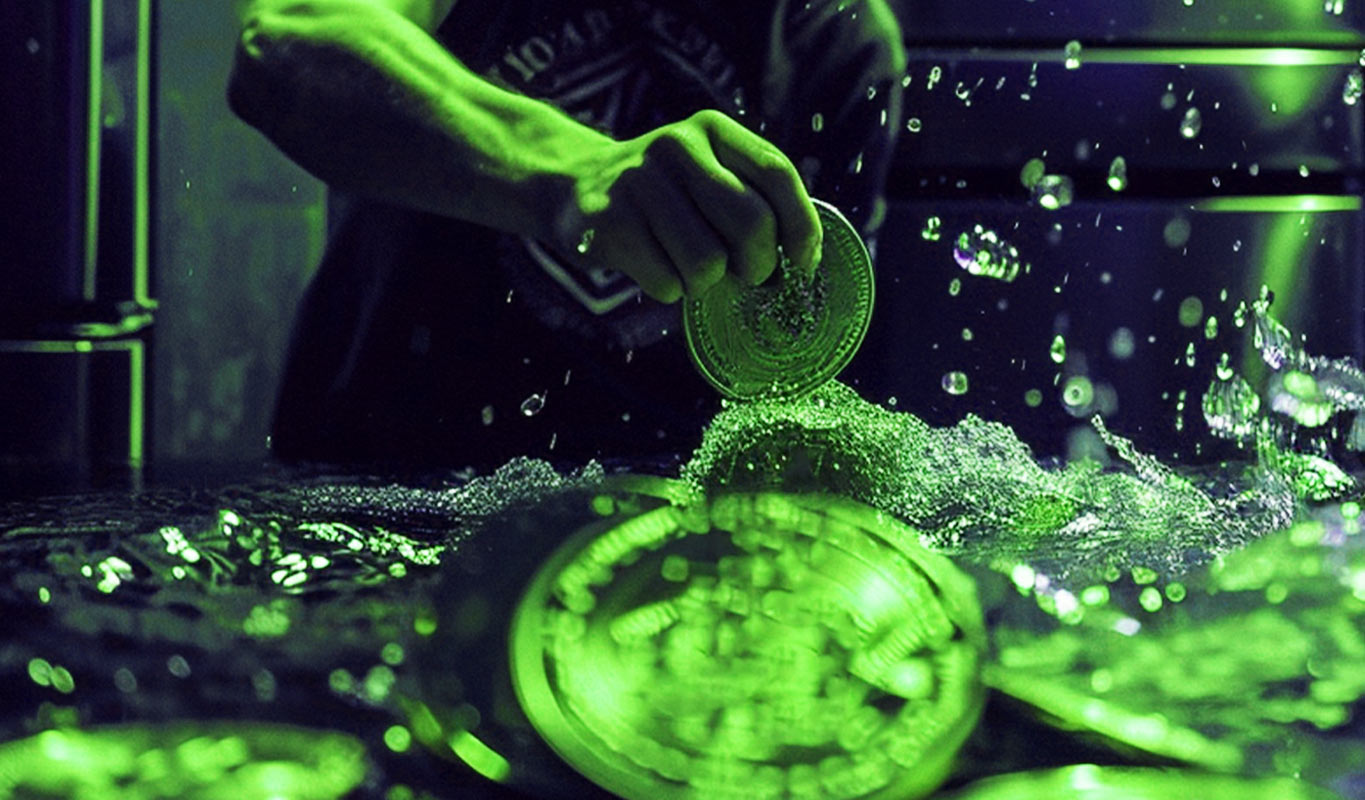Coinspeaker
Bitcoin Ordinals Launchpad Luminex Announces BRC-69 Standard to Simplify Recursive Inscriptions
Luminex has launched a new standard that it calls the BRC-69. The standard will make Recursive Ordinals easier to create and significantly reduce inscription costs by more than 90%.
Luminex says reducing inscription costs can help decongest block space as more inscriptions flood the network. On the need for the BRC-69 standard, Luminex said in a tweet:
“As the number of inscriptions grows, Bitcoin block spaces become increasingly scarce and costly. We need innovative approaches to enable creators to manifest their ideas while optimizing efficiency.”
Luminex Describes the BRC-69 Recursive Inscription Process
This process allows minters on the network to inscribe one text line instead of a full image. The network then uses the text line as a reference to create an image using data from other ordinals. Luminex explains that this is possible through a 4-step process. This includes inscribing traits, deploying the collection, compiling the collection, and then minting assets.
The launchpad further explains the process on a GitHub page. After images of the traits are inscribed on-chain, the deploy operation creates a JSON/Text inscription that contains basic details of the collection, including inscription IDs. This functions as a reference for other parts of the process.
Following deployment, the compile inscription references the deploy inscription for the traits and inscription IDs to be used for the final image. Users can also customize the compile inscription logic depending on preferred specifics. Finally, Luminex says the mint phase for BRC-69 stores the index of traits and references the compile inscription so the image is easily rendered using on-chain data.
Luminex also says the introduction of BRC-69 creates opportunities for several other related enhancements:
“BRC-69 offers high flexibility and opens the door for more enhancements and features. For instance, it’s now possible to launch collections with an entirely on-chain pre-reveal process. We’re eager to test this feature with our upcoming launches on Luminex.”
Bitcoin Ordinals
Introduced by developer Casey Rodarmor, Bitcoin Ordinals are digital assets inscribed with data on the satoshi, essentially transforming a satoshi into a non-fungible token (NFT). Although very similar to traditional NFTs, Bitcoin Ordinals are different. For instance, Bitcoin Ordinals are on-chain, directly written on the Bitcoin network. For traditional NFTs, users newly mint tokens that may connect to other blockchains.
Another difference is regulating the kind of content generated with traditional NFTs is possible. For Bitcoin Ordinals, no censoring is possible with inscription on sats. Anyone can create any type of ordinal at any time.
In May, the Ordinals market and Bitcoin Miladys NFT collection launched the BRC-721E for interconnectivity between Bitcoin and Ethereum. The BRC-721E standard allows users to convert their ERC-721 NFTs to Ordinals, moving the tokens from Ethereum to the Bitcoin blockchain. This process is irreversible as it begins by using an ETH call function to burn the ERC-721 NFT.
Bitcoin Ordinals Launchpad Luminex Announces BRC-69 Standard to Simplify Recursive Inscriptions





